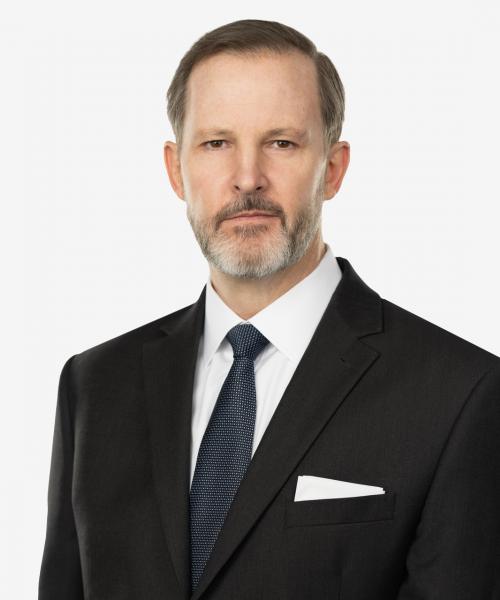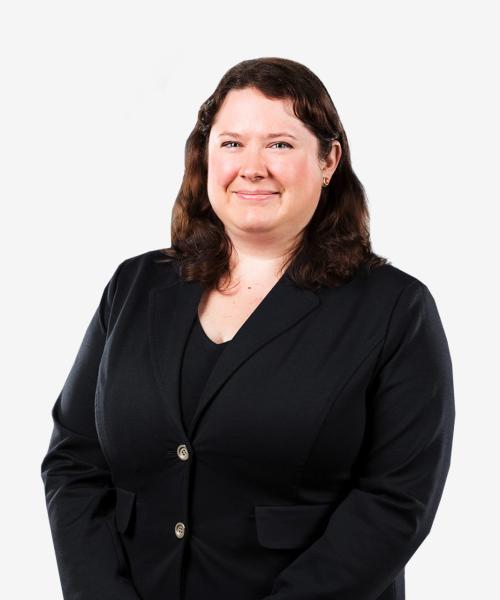OIG Approves Telemedicine Arrangement
While OIG advisory opinions apply only to the parties requesting the opinion, the advisory opinions nevertheless offer important insight into how the OIG may view similar arrangements. Here, the OIG indicates that the provision of certain free items and services may be permissible under certain limited circumstances, particularly when the underlying arrangement helps improve patient access to care.
The Arrangement
OIG Advisory Opinion 18-03 involves an arrangement between a federally qualified health center look-alike (FQHC look-alike) and a county Department of Health clinic (County Clinic). (OIG redacts certain identifying information from published advisory opinions; FQHC look-alikes are community based health care programs that meet the requirements for the FQHC program, but do not receive federal funding from the HRSA Health Center Program.) In the arrangement, the FQHC look-alike would provide to the County Clinic, free of charge, certain technology equipment and services to help facilitate telemedicine encounters with the clinic’s patients related to HIV prevention. (For purposes of the advisory opinion, HIV prevention includes consultations regarding medications for pre-exposure and post-exposure prophylaxis). Among the items being provided by the FQHC look-alike to the County Clinic are a laptop or computer, a webcam, a microphone, a GlobalMed TotalExam 3 Camera, and video conferencing software. The FQHC look-alike would maintain responsibility for the technology equipment, including providing any necessary maintenance and updates, and it would train the County Clinic staff to use the technology to facilitate telemedicine encounters. The FQHC look-alike would use state grant funds to cover the cost of furnishing the items and services to the clinic.
The County Clinic, which is approximately 80 miles from the FQHC look-alike’s main offices, would limit its use of the telemedicine technology to only telemedicine encounters related to HIV prevention services. The clinic currently is unequipped to provide to its patient population the HIV prevention services and the clinic’s patients must be referred to outside specialists to receive such services, which may result in the patients facing significant travel time. For many patients, the travel time is an impediment to their continuing care. Offering the HIV prevention services via a telemedicine encounter is intended to ensure that patients seek out and receive necessary preventive care.
Under the arrangement, the County Clinic could use the telemedicine equipment to refer patients to the FQHC look-alike or other outside specialists for virtual HIV prevention consultations and, if medically necessary, for prescription of prophylactic medication. The clinic’s patients will be provided the choice of whether to receive the HIV prevention consultations via telemedicine or via an in-person consultation with a qualified specialist.
Both the FQCH look-alike and the County Clinic may submit claims to a federal health care program for the virtual consultation and follow-up services. Specifically, the County Clinic may submit claims for medically necessary preliminary items or services (e.g., an HIV test) and claims for serving as an originating site. The FQHC look-alike may submit claims as the distant site provider.
OIG’s Analysis: Arrangement Poses a Low Risk of Fraud and Abuse
The OIG acknowledged that the arrangement involves the provision of remuneration from the FQCH look-alike to the County Clinic in the form of free technology and services, as well as the opportunity for the County Clinic to bill for originating site fees for the services furnished using the technology. Moreover, because the County Clinic could serve as a referral source of the FQCH look-alike and because one purpose of the remuneration could be to induce referrals from the clinic to the look-alike, the OIG concluded that the arrangement implicates the federal Anti-Kickback Statute (AKS). Nevertheless, for the following reasons, the OIG concluded that the arrangement presents a low risk of fraud and abuse under the AKS.
First, the arrangement incorporates certain safeguards to help prevent improper patient steering, including that the County Clinic will: (1) remain free to refer patients requiring an HIV prevention consultation or items or services to any qualified provider or supplier; and (2) inform patients that they can receive an HIV prevention consultation via telemedicine from the FQHC look-alike or from another qualified provider, or that they can have an in-person consultation with a qualified provider. Further, the technology provided by the FQHC look-alike will not be limited or restricted in its compatibility to interact with other technologies or software, allowing the County Clinic to use the technology to facilitate telemedicine encounters with other qualified providers.
The OIG also concluded that the arrangement would be unlikely to inappropriately increase the costs to the federal health care programs, as any tests, consultations, or items or services related to the arrangement would be billed regardless of the arrangement. Importantly, the OIG concluded that the arrangement would increase patient follow-up for HIV preventive care and would increase access to the HIV prevention services and treatments, all of which could help reduce the prevalence of HIV and promote public health.
Finally, the OIG concluded that the County Clinic patients would be the primary beneficiaries of the arrangement because they could receive the HIV prevention services more conveniently and efficiently.
Key Takeaways
While the OIG remains skeptical of arrangements involving the provision of free items and services, where providers can demonstrate that an arrangement: (1) has the potential to increase access to important health care services; (2) is unlikely to result in increased costs to the federal health care programs; (3) is unlikely to result in improper patient steering; and (4) will benefit the public health, the OIG may be willing to approve an arrangement that may otherwise violate the AKS. Providers that are looking to expand their telemedicine capabilities and that are interested in entering into arrangements that involve the provision of free items or services should carefully review the OIG’s advisory opinions opining on telemedicine arrangements and ensure their arrangements contain the beneficial safeguards identified by the OIG.
Arent Fox’s Health Care group regularly monitors developments related to telehealth and telemedicine regulatory issues, and regularly assists clients in developing telemedicine programs that comply with federal and state requirements. For more information about federal or state telemedicine requirements, the federal fraud and abuse laws, or other regulatory issues impacting health care providers, please contact Douglas Grimm or Hillary Stemple in our Washington, DC office, Lowell Brown or Thomas Jeffry in our Los Angeles Office, or the Arent Fox professional who usually handles your matters.
Contacts
- Related Industries
-
Read Time
7Minutes

